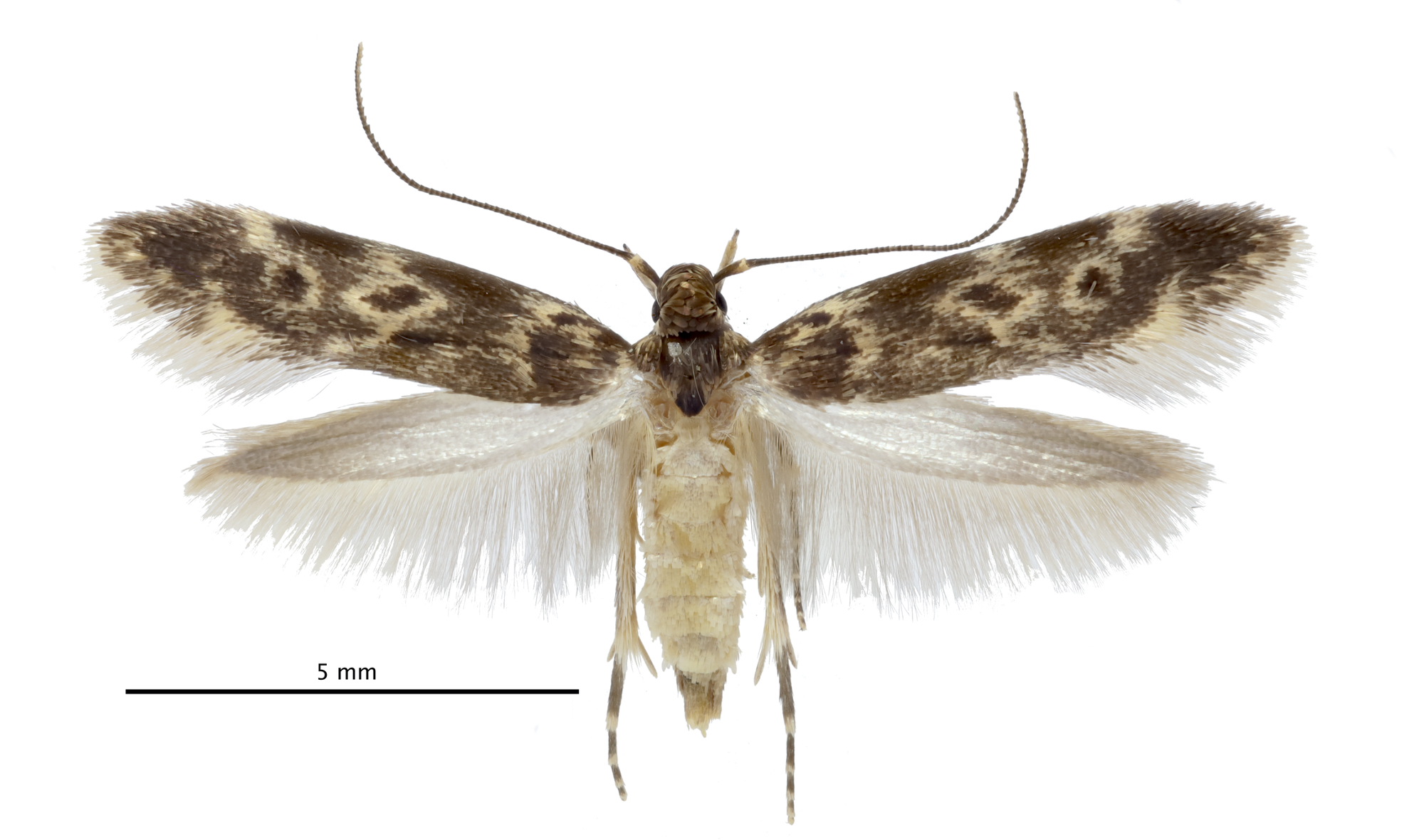From Cobwebs to Conservation: The Global Hunt for Hidden Insects
- Raquel Wojceshonek

- May 19
- 2 min read
In the misty forests of Oʻahu, Hawaiʻi, scientists recently uncovered a bizarre and captivating creature: a carnivorous caterpillar that scavenges dead insects from spider webs and wears their body parts as camouflage. Nicknamed the “bone collector,” this newly discovered species from the genus Hyposmocoma lives exclusively in cobwebs, decorating its silk case with ant heads, beetle wings, and other insect remains to avoid detection by spiders.
However, this behavior is not exclusive to this new species. In addition to the "Bone Collector" moth caterpillar, several other species of insect utilize debris and insect remains to build shelters and mobile protection such as the larvae of many lacewings ( Neuroptera: Chrysopidae), and several species of Assassin Bug (Hemiptera: Reduviidae).
These eerie and ingenious insects are more than just curiosities; they're a reminder of how much of Earth’s biodiversity remains hidden. Despite over a million insect species being formally described and accounting for over 80% of all described species of animal, scientists estimate that there may be between five to ten million insect species on Earth, meaning the vast majority are still unknown to us.
This makes the field of entomology a vast frontier that holds many secrets, and at the Global Entomology Coalition (GEC), we’re driven by the same spirit of discovery that led to the bone collector’s revelation. Our mission is to accelerate insect discovery and conservation by engaging scientists, students, and citizen scientists in hands-on fieldwork across the globe. We believe that insects are not only fascinating but also vital to the health of ecosystems and that understanding them is key to addressing some of our planet’s greatest environmental challenges.
Through our Expedition Entomology program, we organize immersive research expeditions that contribute to ecological studies and launch innovative research projects focused on insect discovery and biodiversity in remote, often unexplored regions.
This November, we’re heading to one of Southeast Asia’s most biodiverse regions for Expedition Thailand. This is an 8-day entomological adventure in the Doi Inthanon mountains near Chiang Mai. Participants will explore converging rainforest ecosystems, collect and identify insects, and even engage in sustainable practices like entomophagy (the consumption of insects). Activities include setting up insect traps, visiting local markets, interacting with elephant camps, and nighttime insect observation using UV lights.

Expedition Thailand is open to all, regardless of academic background. Whether you’re an aspiring entomologist, a seasoned researcher, or simply an insect enthusiast, this expedition offers a unique opportunity to contribute to real scientific research while experiencing the rich culture and biodiversity of Thailand.
For more information and to register for Expedition Thailand or one of our other expeditions around the world, visit our official page: https://www.entomologycoalition.org/expedition-entomology
















Comments